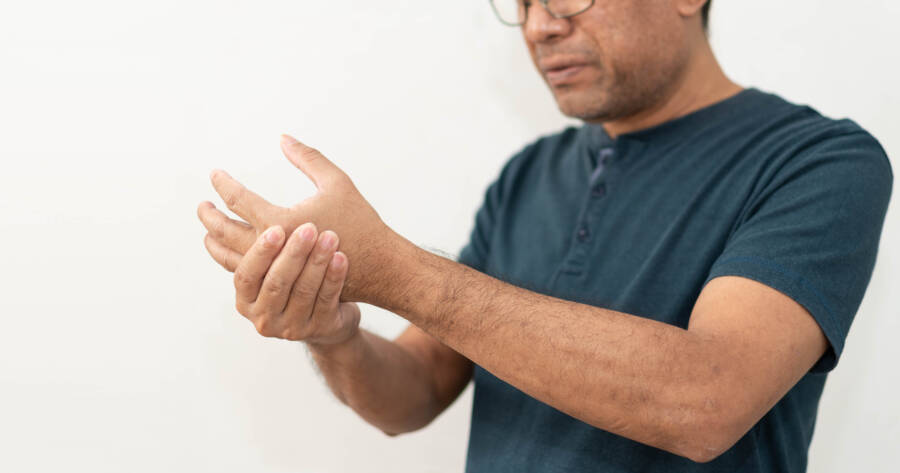Guillain–Barré syndrome is a rare neurological disorder in which the body’s immune system mistakenly attacks its nerves. This leads to muscle weakness and sometimes paralysis, which typically begins in the legs and spreads to the upper body and face. Ignoring the early signs and symptoms of this condition can lead to devastating health outcomes. Fortunately, you can learn everything you need to know about Guillain–Barré syndrome right now!
What is Guillain–Barré Syndrome?
The cause of Guillain–Barré syndrome (also known as GBS) is unclear, but its modus operandi is to turn the body’s immune system against its own nerves. Its impact on the peripheral nervous system leads to weakness and numbness in the legs and arms that can quickly spread to the upper body and face. In severe cases, GBS can cause paralysis and even death.
Frequently, GBS is triggered by an infection, such as the flu or cytomegalovirus. GBS can also be triggered by surgery or vaccination, although these cases are rare. Despite the severity of its symptoms, most people recover completely. Of course, receiving prompt diagnosis and treatment makes all the difference!
Guillain–Barré Syndrome Symptoms
Guillain-Barré Syndrome (GBS) symptoms can vary widely but often progress quickly over a few days or weeks. Common signs include weakness and numbness in the legs and arms, leading to difficulty walking or moving. 1 Many people experience tingling or prickling sensations in their hands and feet, alongside muscle pain that can be quite intense.
In some cases, the condition affects the face, causing drooping eyelids and difficulty speaking or swallowing. Breathing can also become challenging, and in severe instances, GBS may lead to paralysis, posing life-threatening risks. If you or someone you love is coping with the sudden onset of any of these symptoms, it’s important to consult with a medical professional right away.
Guillain–Barré Syndrome Treatment Options
Several treatment options can improve GBS symptoms and speed up recovery. Hospitalization is often necessary, with intensive care treatments that may include plasma exchange or intravenous immunoglobulin (IVIg) therapy to remove harmful antibodies from the blood. For those with severe symptoms, the hospital may bring in mechanical ventilation to support the patient’s breathing. 2
Physical therapy plays a crucial role in restoring muscle strength, while occupational therapy helps patients regain the ability to perform daily activities. Speech therapy is also essential for those struggling with speech and swallowing. Most people recover fully from GBS, though some may experience lingering weakness or fatigue.
Learn More About Guillain–Barré Syndrome
If you’re looking for more information about Guillain–Barré syndrome, it’s a wise idea to explore the National Institute of Neurological Disorders and Stroke, Mayo Clinic, and Guillain-Barré Syndrome Foundation International. These resources can help you anticipate, address, and recover from this rare disorder.
